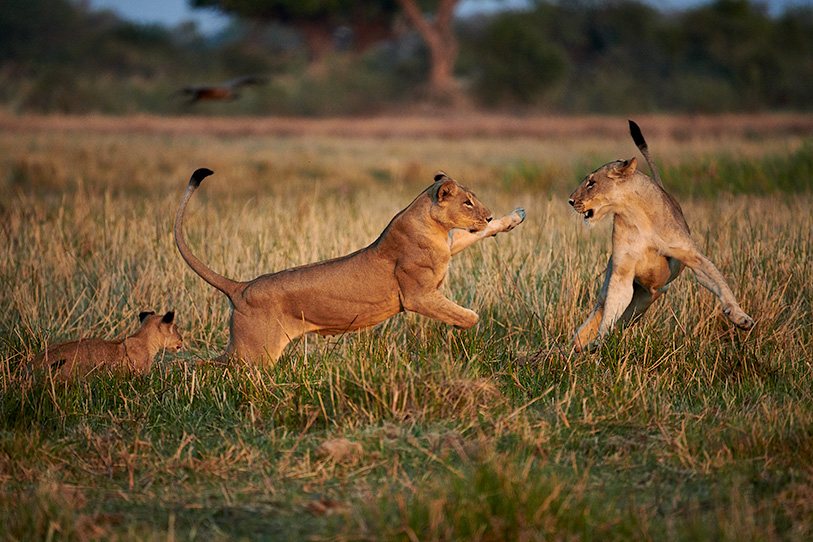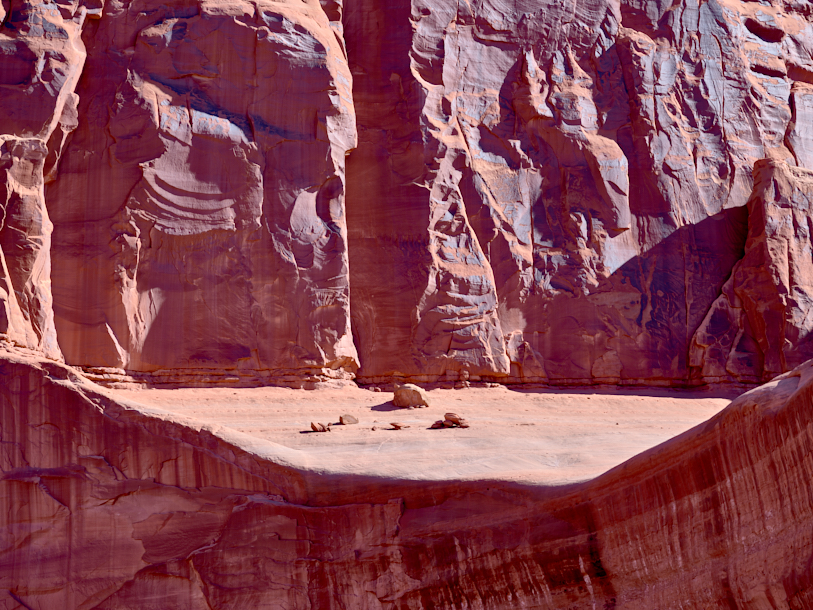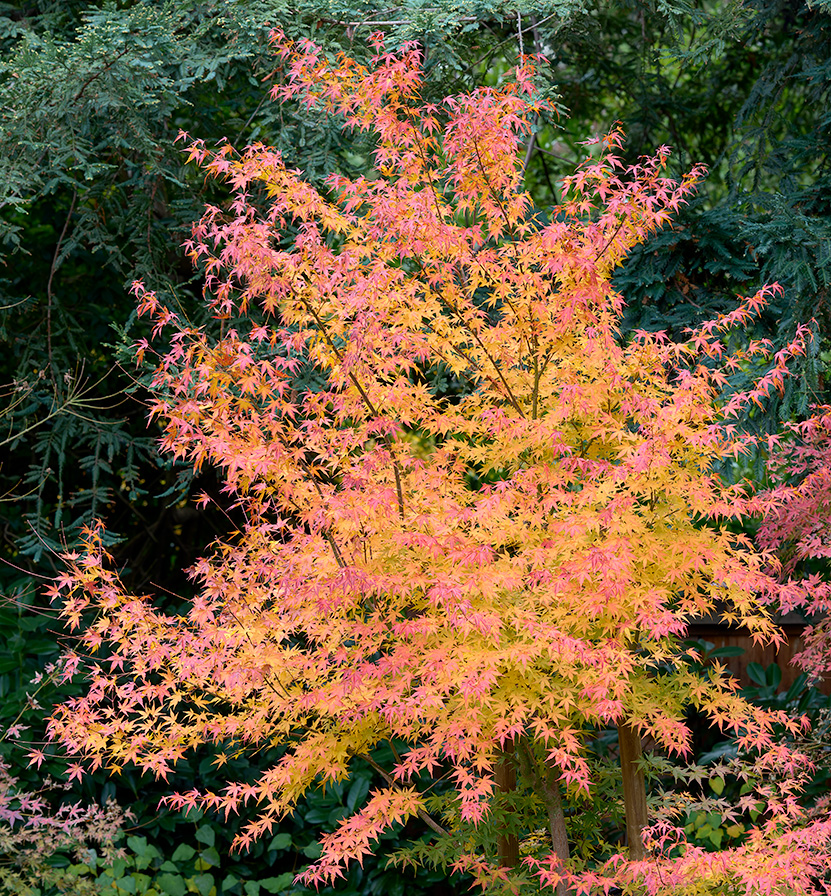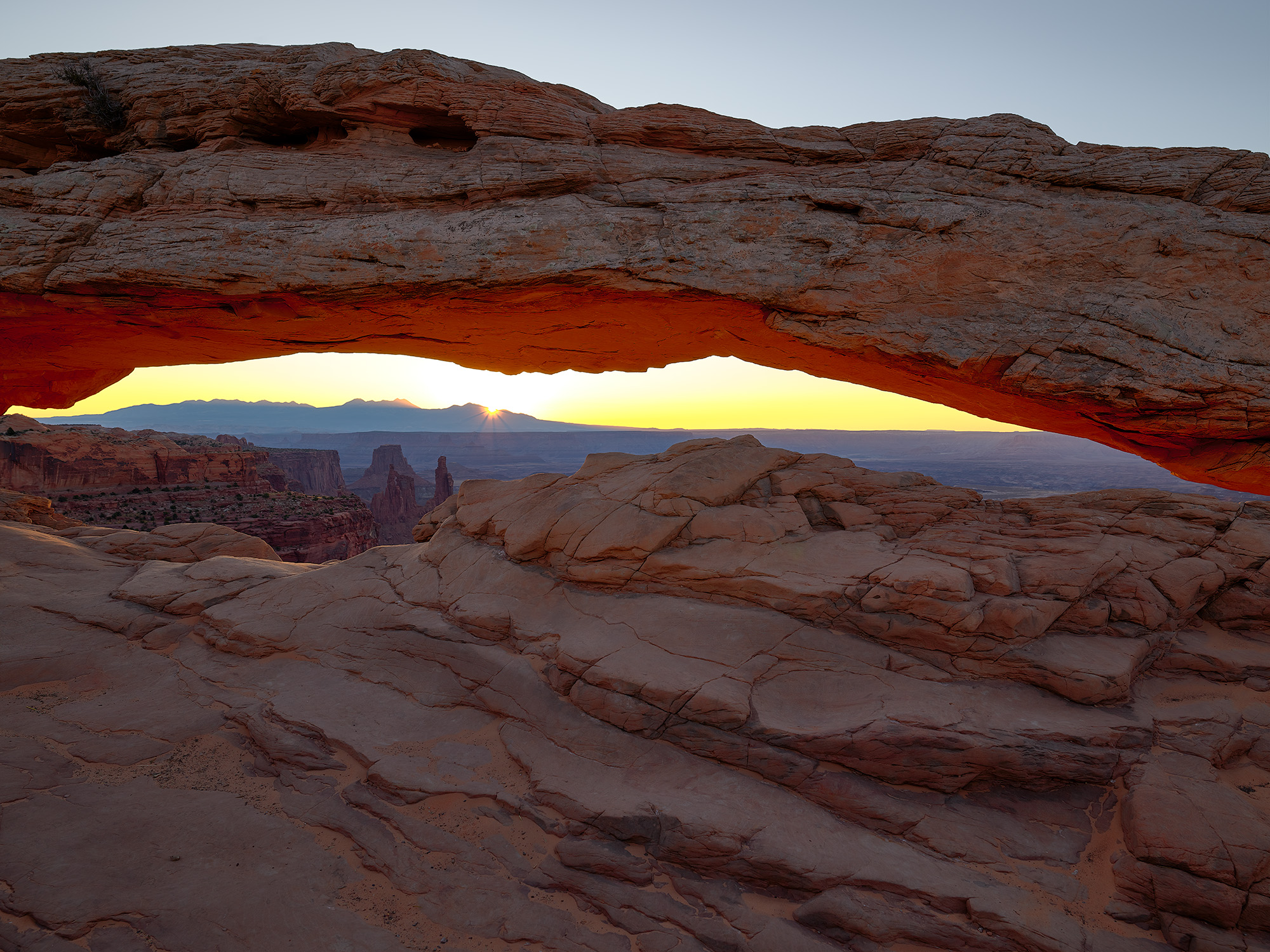Introduction
Taking a picture is ridiculously easy. Unlike the past when one had to actually know how to focus and how to set a proper exposure, using a modern camera in auto or program mode, almost anyone can take a picture by just looking at a screen or through a viewfinder and pressing or tapping a button.
On the other hand, making a photograph that is compelling and can be considered a work of art is extremely difficult. Part of making it a work of art implies that the image must be presented in the proper way and in the right medium.
While some photographers seem to be completely satisfied with producing a relatively small digital file and then blasting it out using the internet, there are many fine art photographers who would never be satisfied with this approach.
To me, having an image that looks good on a monitor is only one step along the way of producing an image that can be displayed as a work of art in a museum, a home or another venue. Furthermore, it seems crucial to me to have control of how the final product will look to the viewer.
While I, as a photographer, cannot control the final lighting conditions, I should be able to control all the other parameters in the final work of art: The size, the original color, the contrast, the sharpness, the resolution, etc. Even a slight variation in any of these parameters can completely change a viewers reaction to the image.
No matter how much our electronic devices have continued to improve, in my humble opinion there is still no substitute for a print.
It is not just about the tactile feel, the “look” of the media it is printed on or the different display and framing options. It is first and foremost about the quality of the image which is still unmatched by any consumer electronic device.

Mother and daughter
Nikon D850 with Nikkor 180-400 lens
In addition, there is something very special about an art object that simply exists on its own. Being that it is a visual art object, it requires nothing other than light to enjoy it and appreciate it.
Visual art objects that simply exist on their own without the need for power or computers or anything else have existed pretty much from the beginning of human existence on this planet. Chances are that they will continue to exist and continue to be special for a long time into the future.
Most highly coveted and highly appreciated paintings and drawings from the distant past were completely hand made using raw natural materials. Over time, this started to change with more sophisticated processing of the raw materials and eventually with the introduction of machine made materials such as modern brushes, pencils, papers, canvas, paints, power painting tools and all kinds of newer substrates, as well as newer drawing and painting materials.
It is crucial to understand that in spite of all these and other technological advances, such as painting using a computer or tablet, the eyes, the brain and the hand of the artist still are what create these works of art.
Photography is no exception, While Photography by its very nature has always relied on technology, it is the eye, the brain and the hand of the artist that has always created the images and the final prints. This is why fine art prints are usually signed by the artist. They should be!
It is a big mistake to think that cameras “take pictures”. I have had hundreds of cameras in my house for many years and not a single one of them has ever taken a picture…
I have had many enlargers and not one of them ever made an enlargement by itself…
I have also had many inkjet printers and none of them has ever made a print on its own either.
While modern inkjet printers are wonderful machines, they need an electronic input, a file in order to make a print. Not only that, they need inks and a material to print on: Paper, canvas or something else. They also need a driver, color management, calibration, etc. The photographer has to provide all these things and make all the choices.
Many of our cameras and printers have become highly automated, however, most artists I know either do not use auto settings or they use them only as a guide. They intervene heavily in the process from capture through editing to printing. I am definitely part of this group.
I certainly take a lot of time and effort to produce a file: Travel time, scouting time to find a good landscape (or other subject), hiking with the equipment to a previously selected vantage point, set up time, waiting for the right light, time and repetition in the case of non-events (such as the good light or the anticipated clouds that day did no happen), and so on…
I intervene manually with the settings on my camera pretty much 100% of the time. And I usually spend quite a few hours of editing time for each one my top images.
My end result is a “Master File” that I then tweak further to make optimal prints. The final tweaks depend on the specific print size, paper and printer. This leads me to produce a number of “Master Print” files that I use to print specific sizes with specific materials on specific printers.
I also spend whatever time is required to take care of the printer to make sure it has fresh and properly agitated inks, it is perfectly aligned and calibrated, it is running the latest firmware and all settings are correct for the task.
Each and every step is critical and impacts the final result.
A crucial point in making a good inkjet print is to have the best profile possible for the paper or other material one is using. I will expand on this later in this article.
I do not like generalizations, but I think one can state that the amount of time and the level of skills required to create a photographic fine art print are comparable to the time and level of skills a master painter requires to create a fine art painting.
I believe this is an important point to remember, particularly in this day and age where many people erroneously believe that fine photographic prints are made with little time commitment or effort by simply pressing the shutter release button opportunistically, followed by pressing the “print” button.
Note: Even if a photographer were to decide to use auto everything from focusing and exposure to the editing tools to the final printer settings, it is still a choice made by the photographer. The brain and the hand of the photographer is still what is creating the image and the print. An “auto all” decision is still a decision that no one else can make and is still a crucial factor in how the final print will look.
There are always exceptions, but in general I find that “auto” and “auto all” decisions lead to mediocre results at best. You may find it strange for me to say this, but I am glad some people produce mediocre work. This is because we need mediocre art so we can appreciate good art. This applies to most things in life, we need mediocre coffee, mediocre wine and mediocre chocolate in order to be able to appreciate the good stuff.
One good thing about all the major advances in photographic technology is that the better the auto tools become, the more they move the mediocrity bar to a higher level. This in turn puts pressure on the better artists to improve their work. This is a good art improvement cycle and we all benefit from it.
Because we are bombarded everyday by huge numbers of photographic and video images, in a perverse way it may be a good thing that so many of them are mediocre or worse. I think it actually helps us notice and appreciate good images almost instantly. When we see an image that rises above the usual “noise” it immediately sparks a completely different reaction and we tend to pause and really notice.
The two concepts I would like the reader to always remember are:
- The eye, the brain and the hand of the photographer are what creates the final image.
- A good print from a good image almost always instantly elicits a special response on the part of the viewer.

Shall we dance?
Young cubs training for battle and hunting.
Nikon D 850 with 180-400 mm lens
Latest Tools
While there are still a number of different processes that photographers use to make prints, the vast majority of prints today are made using inkjet printers, so I will focus only on inkjet prints.
Some years back, many photographers were quite concerned about the quality and the longevity of inkjet prints. It was indeed a young technology and as a result, the speed at which new inks, new printers and new papers were introduced was quite rapid.
As the technology has matured, we have reached a much more stable state, in which new models of printers are no longer introduced every year or two. The rate has slowed down to something closer to five years. The same thing applies to papers. The rate of introduction of papers (or other materials) has slowed down considerably. The introduction of new ink sets has slowed down even more than the former two, in other words, some newer printers use the same ink set as their predecessors.
All of this is driven by the fact that the longevity of inkjet prints from high quality inks is excellent, the print quality is superb and the printers themselves are good enough that significant improvements don’t come around very often.
Speaking of inkjet printers, there have always been two basic ways to control the printers:
- The first one is using one of the print drivers supplied by the manufacturer and having the photographer decide how to handle color management and profiles. It is typical to use the photo editing application (Photoshop, CaptureOne, Lightroom, etc.) for color management. The user has to provide the profile for the material being used. Most people who use this methodology rely on profiles provided by either the paper manufacturer or the printer manufacturer. These “canned” profiles have improved quite a bit over the years and are quite good. Having said that, some critical users still print their own profiling patches, read them with a spectrophotometer and calculate their own profiles.
- The second one is using third party software to control the printer. While I used the first methodology for many years, I switched to this second methodology a while back and I am much happier with this choice. My original reasons for making this choice are still valid. For starters, I was quite frustrated by several instances in which an update in the operating system caused the printer driver to stop working and it took an unacceptably long time for the printer manufacturer to update their driver. I was also frustrated by instances where an update in the operating system or the editing software or the printer driver or any combination of the three caused color management to fail with each of the three parties blaming the others until the problem was finally resolved (I actually worked on a number of workarounds for these kinds of problems). I also found that the canned profiles could be noticeably improved by making my own profiles, but the work was tedious and the hardware and software required were expensive. My final reason for making this change was that the quality of the final print was better using some third party products versus trying my own profiling with the printer manufacturer’s drivers.
After testing several third party products, I decided to purchase ImagePrint by Colorbyte, and I have never looked back.
In the beginning, I used ImagePrint with the Epson large format printer I owned at the time. I currently use ImagePrint with a Canon imagePROGRAPH large format printer.

Walls and rocks
PhaseOne XF/IQ 4 150 System with 150mm/F2.8 Schneider Blue ring lens.
The product simply works every time and the print quality is consistently the best one can squeeze out of a specific printer/paper combination. The reasons for this are that ImagePrint takes control of the whole process. It is a closed system with their own proprietary printer driver, profiles and color management. As such, it is not exposed to the problems of different manufacturers trying to work with each other’s products.
Because the profiles are a critical part of the product, the company has been refining thousands of profiles for decades. This is done with experienced personnel using the best hardware and profiling software created by ColorByte that maximizes both, their printer drivers as well as other components of the process.
When a paper profile is not meeting the quality standard they strive for, they don’t try to fix the profile they fix the process by which it was generated.
Authoring all the components in the process means fewer compromises, which allows them to consistently produce higher quality results.
Besides the advantages mentioned above, ImagePrint is much more sophisticated than any of the products mentioned in the first option.
ImagePrint has very sophisticated layout tools, as well as print cutting tools for automated cutters. The company has also introduced very sophisticated automatic printing tools for wedding and event photographers. These tools basically allow printing directly from the camera in real time as the photographer is shooting, and they can even be configured for groups of photographers shooting at the same venue.
For people who want to save paper, or have a need for very sophisticated layouts, or need to cut prints extremely accurately in an automated fashion, or need to print automatically on location as they shoot at an event or a wedding, these tools are extremely valuable. The savings in time and materials, let alone the convenience, more than make up for the cost of the product.
While I do not have most of those needs, the product excels in satisfying my two basic needs: Maximum print quality and reliability.
My personal experience with ImagePrint has been that I can be confident that when I finally hit the print button the product will simply work. And I can be confident that the print quality is the best one can obtain from a specific printer/paper combination. Add to that the fact that I have not yet found a paper I want to use that is not supported and you can see why I like the product so much.
ImagePrint has over 25,000 profiles in the current library! If a user finds a paper absent from the library, all the user has to do is report it and they will profile the material and add the profile to the library. This makes the profile automatically available to all other users.
It is important to note that the ImagePrint profiles are not only calculated for a specific material, but also for different lighting conditions. Therefore, if one knows that a print will be exhibited with a certain kind of light, one can make the print in such a way that it will be optimized for this particular display condition.
A full description of the product and its features would take a lot of space and is beyond the scope of this article. Readers interested in finding out more about ImagePrint, including the different product configurations, features and specifications, as well as some interesting videos can click here to go to the company’s website.
Has the product been perfect? No, nothing is. I have been a very early adopter; always at the leading edge of their new product releases and I have encountered a few glitches along the way, but they have all been quickly fixed. For a number of years now, the product has been close to flawless for me and I would imagine that this is their standard user experience.

Fall, Northern California
PhaseOne XF/IQ 4 150 system with 55mm Schneider Blue Ring lens
Final thoughts
Every time I see a fine print made by a really good artist, it triggers a set of feelings and elicits a depth of thought, intrigue, curiosity, introspection and understanding that for me no other medium has ever equaled. Somehow, the touch of the photographer, the photographer’s intent and feelings, all the subtle messages in the image and the quality of the work come through in their full glory.
It is because of the above that I intend to continue to print for as long as I continue to do photography.
I would recommend to all photographers that they try to regularly visit museums and other venues where they can experience fine prints. I would also recommend to photographers that they make their own prints of their most cherished images.
I believe that the printing process has an amazing “side effect”, which is that it actually improves the way a photographer captures future images in the camera:
When one prints an image, there are hours of concentrated attention on all the important parameters such as framing, composition, sharpness, dynamic range, tonality, color rendition, depth of field and many others, all the way to the finest details. Therefore any area that can be improved in the shooting process is not only noticed, but it is right in front of the photographer screaming: This needs improvement! Make it better the next time. And one does actually make it better the next time.
In my opinion, there is no downside to printing. While some photographers feel their time is limited and do not want to make the time commitment required to make prints, I find printing to be a crucial part of the creative process and I always remember the hours spent printing images as some of the best and most special hours of my life.






Your Thoughts